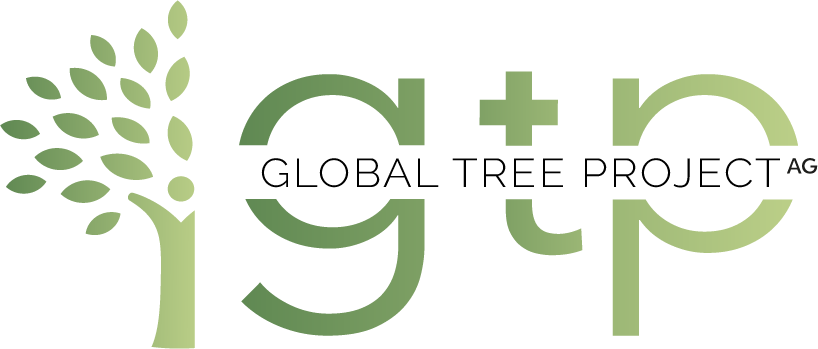Blockchain, what is it? A network of computers or nodes that is spread out across the world working together to keep records of transactions that happen within the network all without any centralised party (think of a bank) taking total control.
This record is called a ledger, and you can think of it as just a list of everything that has happened since the network was created. Here’s the interesting thing – copies of the ledger are kept independently by the nodes which means that the networks are generally very secure against attacks.
So, what’s a transaction and how does the ledger get updated?
Great question.
A transaction is simply a transfer of a digital asset within the blockchain system – for example, you send me 2 bitcoins. When this happens, a record of which account sent what to another account is captured and broadcast to the blockchain network.
It’s validation time. In order to make sure that there aren’t any fraudulent transactions being made, a blockchain system uses something called a consensus mechanism. All that means is a way that the computers or nodes within the network agree that transactions are legitimate. It’s a way to make sure that you actually have the 2 bitcoins that you were going to send me in your wallet and under your control.
Why is this important? Well a consensus mechanism allows a blockchain network to ensure legitimacy and overcome what’s called the ‘double spending problem’ which is when someone tries to beat the system by sending a double transaction before the network has been able to update itself.
Before blockchains, the only way to ensure that double spending wasn’t happening was for a centralised party to keep total control of a network and verify each transaction themselves – think Visa or MasterCard.
The other issue for decentralised blockchain networks is how to ensure that bad actors don’t take over a network and log false transactions that benefit themselves or their friends. Consensus mechanisms ensure not only that the majority of nodes on a network agree with the state of the ledger, but also create financial incentives for network participants to tell the truth.
And here is where things get interesting.
The first blockchain, Bitcoin and many others as well use a consensus mechanism called Proof-of-Work. In these systems, computers or nodes on the network compete with each other to solve complex mathematical equations which are able to prove the legitimacy of transactions happening now and for the entire history of the network. This process is known as ‘mining’.
The computer or node that solves the equation the fastest is rewarded with a set amount of bitcoin as a thank you for keeping the network up to date and legitimate.
And this is where Proof-of-Work blockchains receive criticism – it’s all about wasted energy. As the nodes compete to solve the equations within the network, they use a lot of energy – so much so that some analysts have compared it to energy consumption of countries like Ireland!
While it is true that much of the energy used for bitcoin mining comes from renewable sources (i.e. hydro power), there is no getting around the fact that bitcoin mining is an incredibly resource and energy intensive operation.
A few years after the bitcoin blockchain was created, newer blockchains were built that used a different consensus mechanism altogether: Proof of-Stake. In these systems, instead of having network participants battling against each other to solve equations, nodes are required to put up collateral (‘stake’) as they update the network in order to incentivise ‘truth’ telling on the network. In this way, Proof-of-Stake systems are able to bypass the massive energy requirements of Proof-of-Work networks -using only a fraction of the energy to reach network consensus.
Our strong commitment to sustainable, environmentally friendly operations meant that when it came to selecting a blockchain solution for the TREECYCLE project, a Proof-of-Stake system was the only option. It is for this reason that we chose to leverage the Ardor blockchain network to
power our investment platform.

